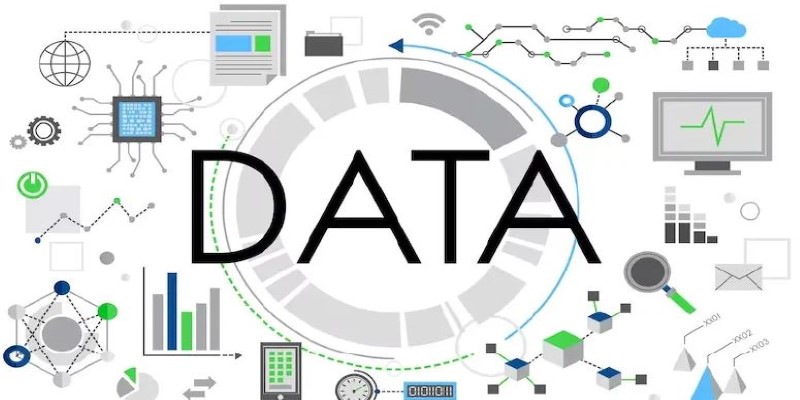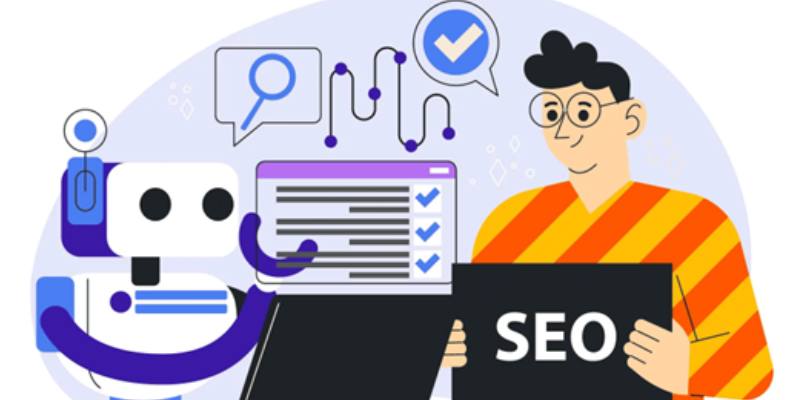In a world where AI-driven pricing seems to favor the big players, small sellers might feel like they're fighting an uphill battle. Large companies armed with sophisticated algorithms and vast amounts of data appear to have the upper hand, making it seem almost impossible for smaller businesses to keep pace.
However, small sellers can match AI pricing. It's not about equalling AI's might but about using creativity, adaptability, and a human touch to provide something bigger companies can't—human connection, niche appeal, and strategic pricing that resonates with customers. Let's explore how!
Understanding AI-Driven Pricing
AI-based pricing is a tactic under which companies change their product or service prices depending on demand, competition, season, and customer taste. Using algorithms and machine learning algorithms, the strategy compares huge amounts of data in real-time and enables companies to rapidly fine-tune prices, optimizing profit without sacrificing customer satisfaction. On the surface, it might appear to be a definite plus for bigger companies, which can afford to install sophisticated AI software and collect huge databases of information.
But one needs to understand that AI is no magic wand. Small sellers could still follow similar principles through the use of affordable tools and information. With an understanding of consumer behavior, monitoring sales trends, and fine-tuning price strategies, small sellers can compete as aggressively as big businesses, making the right decisions in favor of their business without massive funds or sophisticated systems.
How Small Sellers Can Compete?
Even without access to advanced AI algorithms, small sellers can still employ tactics that enable them to stay competitive in an AI-influenced market with pricing. Here are a few ways small sellers can get even:
Use Data to Your Advantage

AI-driven pricing thrives on analyzing vast amounts of data, but small sellers can still benefit from data insights. By tracking customer buying patterns, local market trends, and sales history, small businesses can adjust their prices strategically. While they may not have the same data volume as large corporations, tools like Google Analytics and inventory management platforms can provide valuable insights without a hefty price tag. Using these tools, small sellers can make informed pricing decisions, enabling them to stay competitive in a marketplace influenced by AI-driven pricing strategies.
Adopt Flexible Pricing Strategies
Dynamic pricing is a core feature of AI-driven models, adjusting prices in real-time based on demand and market conditions. Small sellers can embrace flexibility by monitoring their own sales trends and adjusting prices as needed. Strategies like seasonal discounts, flash sales, or aligning prices with competitors are great ways to stay competitive. While AI handles real-time fluctuations automatically, small sellers can manually implement price adjustments that suit their brand's positioning and customer needs, ensuring their business remains adaptive and responsive to changing market conditions.
Personalize the Customer Experience
Small businesses have a distinct advantage over larger AI-driven companies in personalizing customer interactions. While AI analyzes data, it lacks the personal touch that small sellers can provide. Building strong relationships with customers through personalized offers, loyalty discounts, and responsive feedback makes a big difference. Using tools like email marketing and engaging on social media allows sellers to connect directly with their customers. This personal connection can foster loyalty and encourage repeat business, enabling small sellers to compete on service quality and emotional connection rather than just price.
Focus on Niche Markets
Unlike AI-driven pricing models that target mass markets, small sellers can excel by focusing on niche segments that larger competitors often overlook. Specializing in a specific product category or demographic allows small businesses to attract customers who value unique offerings over competitive pricing alone. By emphasizing the story behind products, such as handmade or eco-friendly goods, small sellers can appeal to customers who are willing to pay more for items that align with their values. This focus on a niche market helps small businesses differentiate themselves from larger, more generic competitors.
Build a Strong Brand

AI pricing models optimize for profit, but they often overlook the emotional connection customers have with a brand. Small sellers can capitalize on this by creating a compelling, authentic brand that resonates with their audience. A strong brand story, clear values, and a unique identity can influence customers’ purchasing decisions, even when prices are higher. By cultivating trust and emotional loyalty, small businesses can build a customer base that values the brand’s integrity, making it easier to justify pricing strategies that larger companies relying on AI-driven pricing might struggle to replicate.
Harness the Power of Automation Tools
While small sellers may not have access to the high-end AI tools used by large corporations, they can still use automation tools to streamline their pricing and sales processes. Several affordable platforms are available that can help with inventory management, sales tracking, and even pricing adjustments based on specific criteria.
For example, some tools automatically adjust product prices based on predefined rules, such as minimum and maximum price thresholds, competitors' pricing, or inventory levels. These tools may not be as advanced as AI-driven systems. Still, they can provide a level of automation that frees up time for small business owners to focus on other aspects of their business, such as customer service and marketing.
Conclusion
Small sellers can successfully compete with AI-driven pricing by leveraging their unique strengths, such as flexibility, personalized customer service, and a strong brand identity. While large companies may have advanced AI tools, small businesses can still make data-driven decisions, adopt flexible pricing strategies, and cater to niche markets. By focusing on customer relationships, using automation tools, and remaining adaptable, small sellers can thrive in an evolving, AI-influenced market. Ultimately, a balance between technology and human touch is key to standing out and maintaining a competitive edge.











